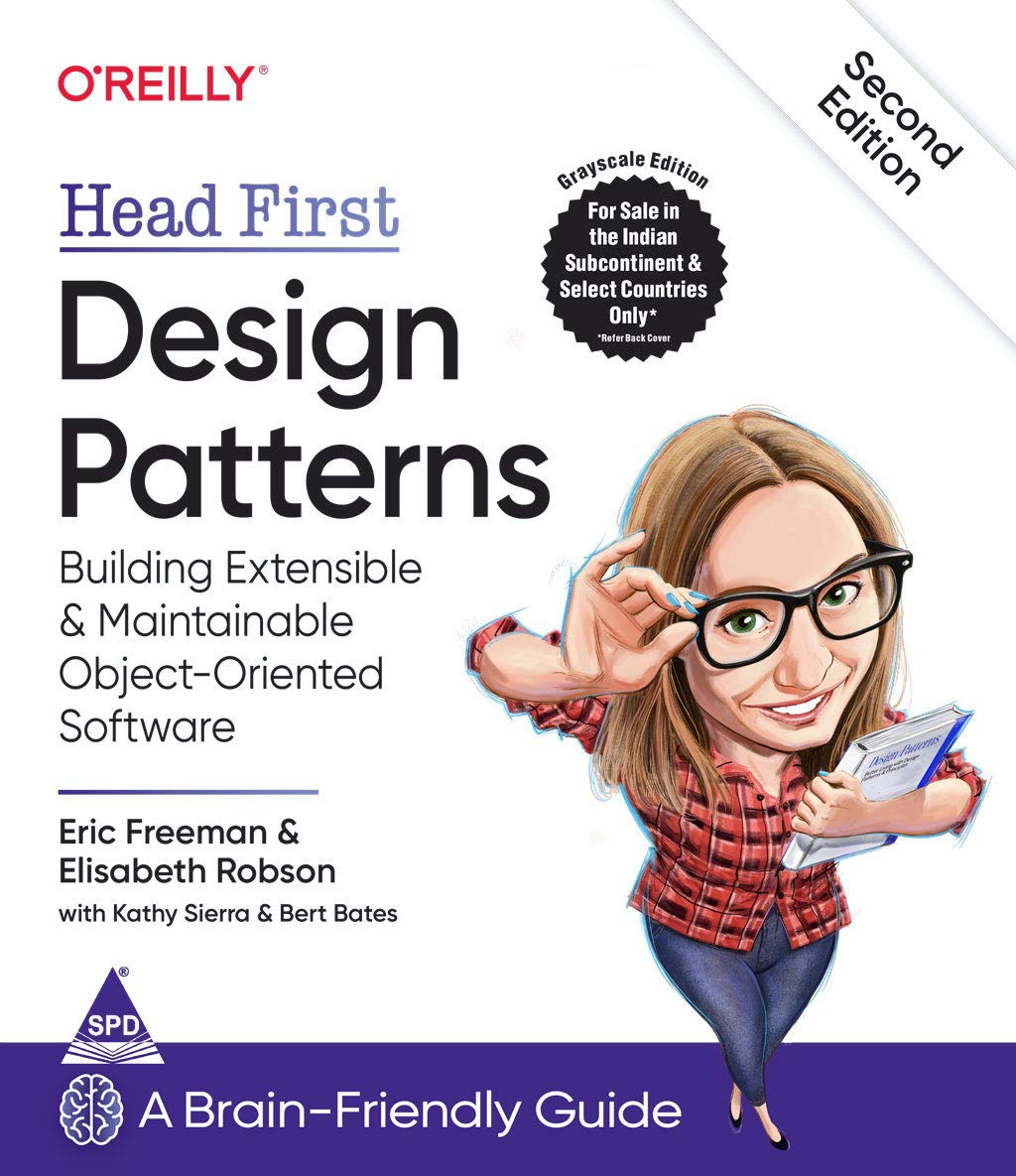⭐ XML Minifier — Free Online XML Compressor (Fast, Safe & Accurate)
Looking for a fast, reliable, and developer-friendly XML Minifier? The Langstop XML Minifier is a powerful online tool that compresses XML by removing whitespace, newlines, and unnecessary characters — without affecting structure or data integrity.
Whether you're optimizing large XML feeds, API responses, Android strings, SOAP responses, RSS/ATOM feeds, SVG files, or high-volume configuration files, this tool gives you clean, production-ready XML instantly.
🚀 What is an XML Minifier?
An XML Minifier is a tool that compresses XML by removing:
- Extraneous spaces
- Tabs
- New lines
- Comment blocks
- Formatting characters
Minifying XML reduces file size, improves transfer speed, and boosts performance for:
- Mobile apps
- Web applications
- Data pipelines
- Backend services
- DevOps workflows
💡 Why Use Langstop’s XML Minifier?
🔥 1. Ultra-Fast Compression Engine
Our minifier processes XML in milliseconds — even large or deeply nested files.
🧼 2. 100% Accuracy (No Data Loss)
The tool never modifies tags, attributes, or values. Only formatting is removed.
🔒 3. Fully Secure — No Uploads
Runs entirely in your browser. Your XML never leaves your device.
🧩 4. Preserves XML Structure
We remove noise — but never break well-formedness rules.
🎨 5. Supports Pretty Print
Instantly switch between minified and formatted XML using the companion XML Formatter.
🔄 6. Developers Love It
Designed for programmers working with:
- SOAP
- GraphQL XML wrappers
- SVG
- RSS/Atom feeds
- Android XML resources
- Spring config XML
- Maven/Gradle POM files
- Database schema exports
🛠️ Key Features of Langstop XML Minifier
✔ Minify XML Instantly
One click → clean, compressed XML.
✔ Removes Whitespaces & Newlines
Optimizes size without altering meaning.
✔ Handles Massive XML Files
Optimized for large datasets & multi-MB configs.
✔ Syntax Validation & Error Handling
Shows precise error messages for malformed XML.
✔ Works on All Devices
Desktop, mobile, tablets, and all browsers.
✔ Zero Dependencies
No need for libraries, installations, or plugins.
✔ Perfect for Production Pipelines
Use in CI/CD scripts for size optimization.
📦 What Can You Minify?
| XML Type | Supported |
|---|---|
| RSS / Atom feeds | ✅ |
| Android XML resources | ✅ |
| SVG graphics | ✅ |
| SOAP responses | ✅ |
| WSDL files | ✅ |
| XSL, XSD config | ✅ |
| Maven POM / Gradle XML | ✅ |
| Hadoop / Spark XML config | ✅ |
🔍 XML Minifier vs XML Formatter — What’s the Difference?
| Feature | XML Minifier | XML Formatter |
|---|---|---|
| Removes whitespace | ✅ | ❌ |
| Makes XML compact | ✅ | ❌ |
| Improves readability | ❌ | ✅ |
| Keeps structure intact | ✅ | ✅ |
| Ideal for production | ✅ | ❌ |
| Ideal for debugging | ❌ | ✅ |
Langstop provides both tools, so you can switch based on your use case.
📈 Why Minify XML?
🔹 Faster loading & transfer
Minified XML is lighter → quicker to send over networks.
🔹 Bandwidth Savings
Perfect for mobile apps, APIs, and IoT devices.
🔹 Clean & Compact Builds
Reduces clutter in production deployments.
🔹 Better performance in apps
Faster parsing for Android, Java, .NET, and Go apps.
🧪 How to Minify XML (Step-by-Step)
- Paste or upload your XML.
- Click Minify XML.
- Copy or download the compressed result.
- Use it in apps, configs, APIs, or production builds.
That’s it — zero friction, zero setup.
🧯 XML Minifier Use Cases
🖥️ Developers
Minify outputs from: REST/XML APIs, Java services, Spring Boot config files, AWS CloudFormation XML, etc.
📱 Android Developers
Optimize Android resource XML:
strings.xml, styles.xml, colors.xml, layouts.
📰 Publishers & Media
Compress RSS/ATOM feeds for better performance.
🧬 Data Engineers
Shrink large XML datasets before transferring.
⚙️ DevOps Teams
Use minified XML in CI/CD pipelines to reduce artifact size.
🆚 Langstop XML Minifier vs Competitors
| Feature | Langstop | CodeBeautify | FreeFormatter | TutorialsPoint Tools |
|---|---|---|---|---|
| Browser-based (no upload) | ✅ | ❌ | ❌ | ❌ |
| Instant minification | ✅ | ⚠️ slow | ⚠️ moderate | ⚠️ slow |
| XML validation | ✅ | ❌ | ❌ | ❌ |
| Mobile friendly | ✅ | ❌ | ❌ | ❌ |
| Developer-focused UX | ✅ | ❌ | ❌ | ❌ |
Langstop provides speed, security, and precision unmatched by traditional tools.
📙 Related Tools on Langstop
- XML Formatter
- XML to JSON Converter
- JSON to XML Converter
- JSON Validator
- JSON Diff
- YAML Formatter
- CSV to JSON Converter
These strengthen topical authority for your XML category.
❓ Frequently Asked Questions (SEO-Focused)
✔ What is XML minification?
It is the process of compressing XML by removing whitespace, comments, and unnecessary formatting while preserving structure.
✔ Is XML minification safe?
Yes. Langstop performs minification client-side, ensuring full privacy.
✔ Does minifying XML affect parsing?
No. Minified XML is fully compatible with all XML parsers.
✔ Can I minify very large XML files?
Yes — Langstop is optimized for large multi-MB documents.
✔ Does minifying XML reduce file size significantly?
Yes. Depending on formatting, minification can reduce XML size by 20–60%.
✔ Is minified XML readable?
Not easily. Use XML Formatter to pretty print it again.
🔚 Final Thoughts: The Best XML Minifier for Web & App Developers
The Langstop XML Minifier is designed for professionals who need:
- Speed
- Accuracy
- Security
- Zero dependencies
- Reliable handling of large XML files
Whether you're a backend engineer, Android developer, DevOps expert, or XML-heavy enterprise team — this tool delivers clean, compact XML in seconds.





